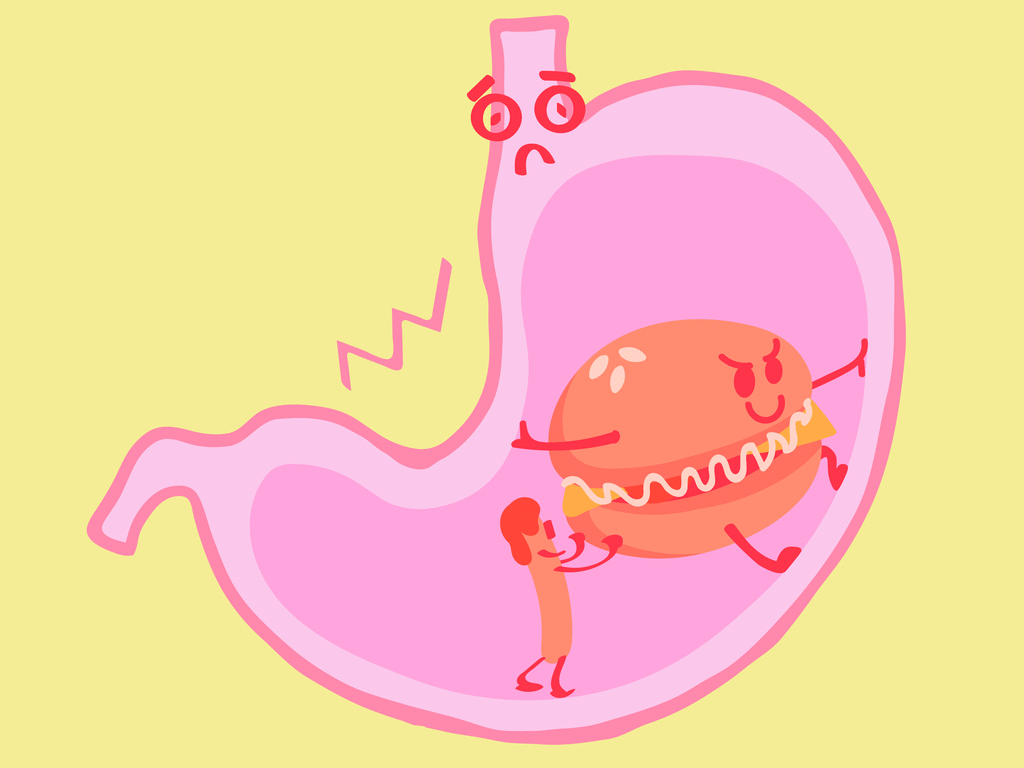
Acidity is one of the most common conditions, all over the world. Almost everyone has experienced acidity in their life, but still many people don’t know why it happens.
The lower oesophagal sphincter, a ring of muscle, is a valve located at the entry of our stomach. When we consume food, this valve closes up immediately, but sometimes if the valve opens up too often, the acid produced in the stomach moves up to the oesophagus causing a burning sensation. This sensation is what we call acidity.
Usually, we can identify acidity very easily but if you experience acidity more than twice a week, it might be an indication of gastroesophageal reflux disease (GERD). Heartburn, bloating, burping, nausea and regurgitation are some symptoms of GERD.
These factors can cause acidity –
-
eating very heavy meals
-
lying down after a meal
-
obesity
-
snacking before bedtime
-
consumption of foods such as citrus, tomato, mint, onions, garlic, spicy and fatty foods
-
smoking
-
pregnancy
-
alcohol and other caffeinated beverages
It is necessary to get an acidity test done early so that further steps can be taken for its treatment. As part of testing for acidity, your blood sample would be taken and tested for liver function test, lipid profile and others.
